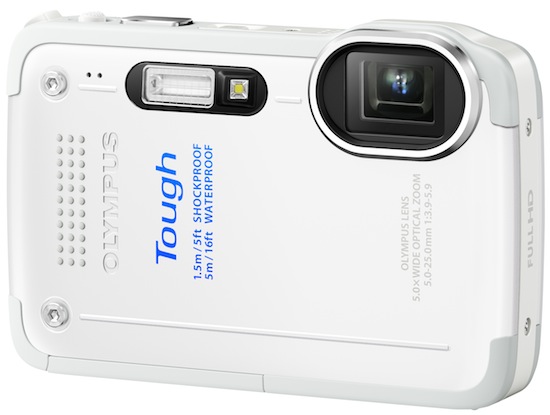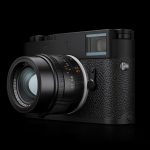 As we’ve seen suggested in results from previous surveys, Smart Phones are becoming the main camera of choice by many people. An earlier story we posted mentioned how Apple’s iPhone 4 was the most popular camera in the Flickr Community. A new study by a Mintel in the U.K. indicates that more consumers may be relying on their Smart Phones instead of compact Digital Cameras for both still photos and video capture.
As we’ve seen suggested in results from previous surveys, Smart Phones are becoming the main camera of choice by many people. An earlier story we posted mentioned how Apple’s iPhone 4 was the most popular camera in the Flickr Community. A new study by a Mintel in the U.K. indicates that more consumers may be relying on their Smart Phones instead of compact Digital Cameras for both still photos and video capture.
This new study suggests that almost half of all Smart Phone owners are using their Phones instead of compact Digital Cameras for taking photos and videos, even though most users and experts agree that image quality is better from dedicated Digital Cameras. They also note that sales of Digital Cameras are declining. Click here to see the press release from Mintel titled “Sales of Digital Cameras Decline as Consumers Snap Up Smartphones”.
What does this really mean? In a word, convenience. Consumers want to share their photos and videos directly from the device that takes them, without needing to upload them to a PC and process them first.
So, the trend that we’re seeing is that a lot of users are buying Smart Phones with built in cameras, with image quality improving with each new generation. Connectivity also plays a big role, since applications available for both Apple iOS and Google Android make it easy to send images to Social Networking and Photo Sharing sites for viewing by others.
As a result, a growing number of consumers are finding it much easier to use their Smart Phones to capture and share images, versus using their dedicated Digital Cameras for the same purpose, with the Smart Phones needing fewer steps to share the images with others, thanks to built in internet access and applications designed to interface with Social Media and Photo Sharing sites.
 So, what are the camera manufacturers doing about it? For one thing, some of the digital imaging sensor manufacturers are refocusing their efforts more towards Smart Phones and Tablets. For example, Sony recently announced that it’s increasing total production capacity for image sensors to approximately 60,000 wafers per month to supply image sensors mainly for Smart Phones; you can see their Nagasaki Technology Center in the photos above. Click here to see Sony’s recent press release about their plans to invest in production capacity for these Image Sensors used by Smart Phones and Tablets.
So, what are the camera manufacturers doing about it? For one thing, some of the digital imaging sensor manufacturers are refocusing their efforts more towards Smart Phones and Tablets. For example, Sony recently announced that it’s increasing total production capacity for image sensors to approximately 60,000 wafers per month to supply image sensors mainly for Smart Phones; you can see their Nagasaki Technology Center in the photos above. Click here to see Sony’s recent press release about their plans to invest in production capacity for these Image Sensors used by Smart Phones and Tablets.
Another trend we’re seeing to help merge the technology used by these products is to increase the connectivity options in compact digital cameras. For example, we’re seeing more cameras capable of uploading images directly to photo sharing and social media sites as time passes; thanks to the inclusion of Wi-Fi.
One example is the recently reviewed Samsung WB850F, which includes Wi-Fi connectivity that allows users to directly upload photos to Social site like Facebook, photo sharing sites like Picasa, or upload videos directly to YouTube. See Steve’s hands on review of the Samsung WB850F by clicking here.
So, the jury is still out on the solution consumers will prefer in the long run, with manufacturers increasing the quality of images produced by Smart Phones, while at the same time increasing the connectivity options available in compact Digital Cameras. In both cases, the benefits to consumers are the same; allowing higher quality images, with easier sharing of photos and videos with others by offering direct connectivity to the internet from the devices being used to capture the images.
We live in interesting times, and we applaud the efforts manufacturers of Smart Phones and compact Digital Cameras are making to help consumers take better photos and easily share them with others. Who will win the battle? Only time will tell..
Related articles:








